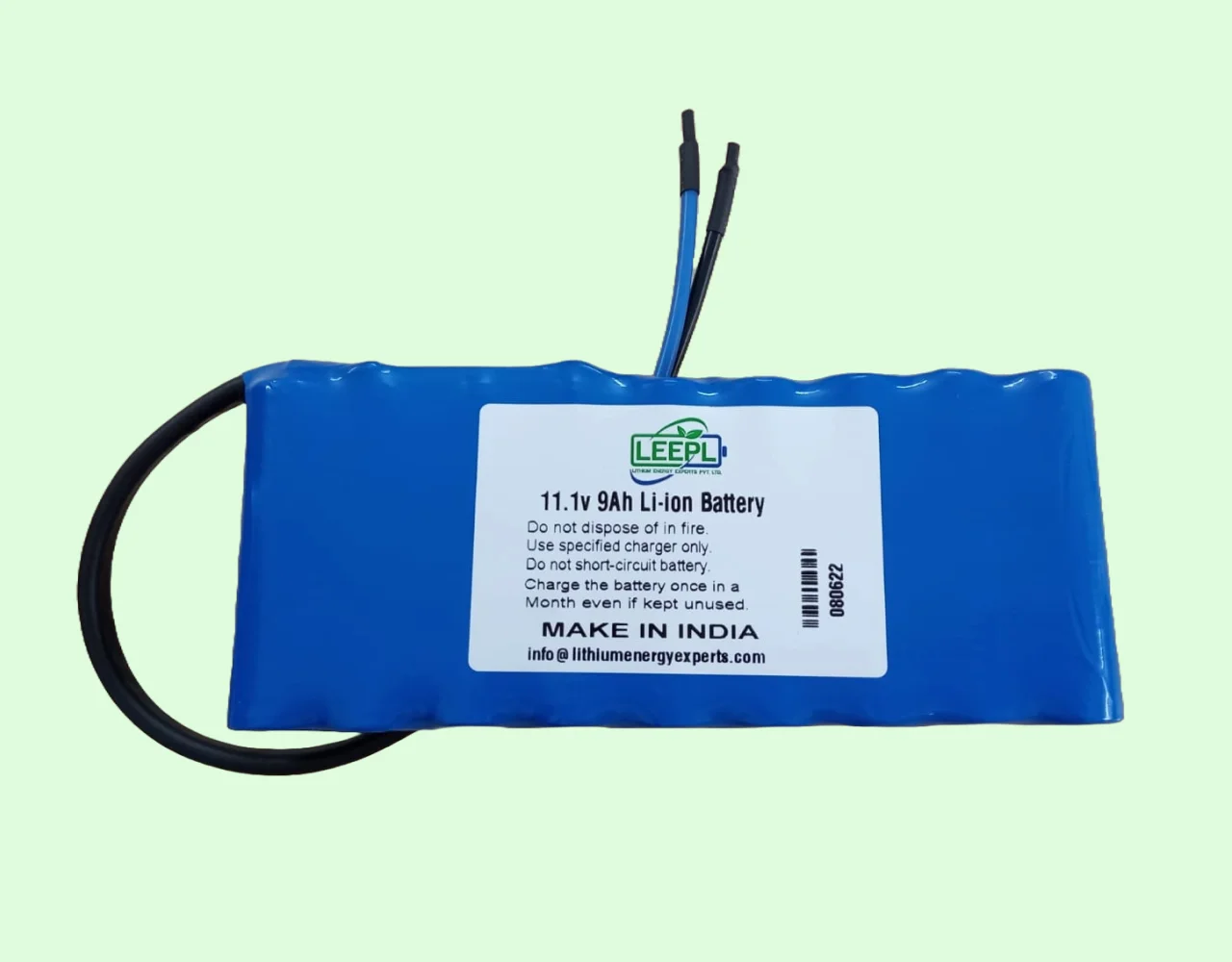Understanding Medical Ventilator Battery Life and Maintenance
Medical ventilators are life-saving machines that provide critical respiratory support to patients who are unable to breathe on their own. While most ventilators operate on AC power, a reliable internal battery backup is essential for ensuring
uninterrupted care during power outages or emergencies. This blog post will delve into the world of medical ventilator batteries, exploring their lifespan, maintenance practices, and how to keep your patients breathing safely.
Why is Battery Life Important for Ventilators
Power outages can happen anytime, anywhere. In a healthcare setting, even a brief interruption can be catastrophic for patients reliant on ventilators. A functional battery backup ensures continued ventilation during these critical moments, preventing potential complications and saving lives.
How Long Does a Medical Ventilator Battery Last
The battery life of a medical ventilator can vary depending on several factors, including:
- Battery Type: Lithium-ion batteries are the current standard, offering longer lifespans and faster charging times compared to older nickel-metal hydride batteries.
- Patient Needs: The ventilator's settings and the amount of air pressure required by the patient will significantly impact battery duration. Higher settings deplete the battery faster.
- Battery Age: Like all batteries, medical ventilator batteries degrade over time and with repeated use.
Typical battery run times for ventilators can range from 2-4 hours, with some models lasting up to 8 hours. However, it's crucial to consult your ventilator's specific user manual for accurate battery life information.
Maintaining Your Medical Ventilator Battery
Here are some key practices to maximize the lifespan and performance of your medical ventilator battery:
- Regular Inspections: Schedule routine inspections to check the battery's health and functionality. This may involve visual checks for damage and running diagnostic tests as outlined in the manufacturer's instructions.
- Proper Charging Protocols: Follow the recommended charging procedures for your specific battery type. Avoid overcharging or leaving the battery plugged in constantly, as this can shorten its lifespan.
- Temperature Control: Extreme temperatures can negatively impact battery performance. Store and operate your ventilator in a cool, dry environment.
- Record Keeping: Maintain detailed records of battery performance checks, replacements, and any service performed. This information is vital for tracking battery health and planning for future replacements.
When to Replace Your Medical Ventilator Battery
Even with proper care, all batteries eventually need replacing. Here are some signs that indicate it's time for a new one:
- Reduced Runtime: If the battery no longer provides the expected backup time, it's likely nearing the end of its lifespan.
- Frequent Charging: The need to charge the battery more often than usual suggests a decline in its capacity.
- Warning Indicators: Modern ventilators often have built-in alerts that notify you of a failing battery.



